In an ideal world, shop space, tools, and components would be free. But until we get to that Star Trek utopia, hackerspaces will have to rely on donations from the community to help stay afloat. While asking for money, at least you can have some fun with it if you design and build an Internet-connected donation box.
 Or at least that’s how [Goran Mahovlic] handled it for the Radiona hackerspace in Zagreb, Croatia. Not content with just cutting a slit in the top of a shoe box, he came up with a physical donation system that’s not only more informative for those donating, but more organized for those collecting the funds.
Or at least that’s how [Goran Mahovlic] handled it for the Radiona hackerspace in Zagreb, Croatia. Not content with just cutting a slit in the top of a shoe box, he came up with a physical donation system that’s not only more informative for those donating, but more organized for those collecting the funds.
The key is a arcade-style programmable coin acceptor from SparkFun. When connected to a microcontroller, this allows the box to keep a running tally on how much money has been inserted. With the use of a RFM96 LoRa module, it can even report on the current haul while remaining mobile; perfect for when the hackerspace has events outside of their home base.
But counting quarters is hardly a task befitting a powerful microcontroller like the ESP32. So [Goran] gave the chip something to do in its spare time by adding a couple of buttons and an LCD. This allows the user to scroll through a list of various projects that are looking for donations, and decide which one they want to financially support. When the donation box counts how much money has been inserted, it records which project its been earmarked for.
Of course, if you’d rather the free market do its thing, we’ve seen this same coin acceptor used to build a locker-sized vending machine. Or if you’re feeling crafty, you could always try your hand at building one with cardboard.

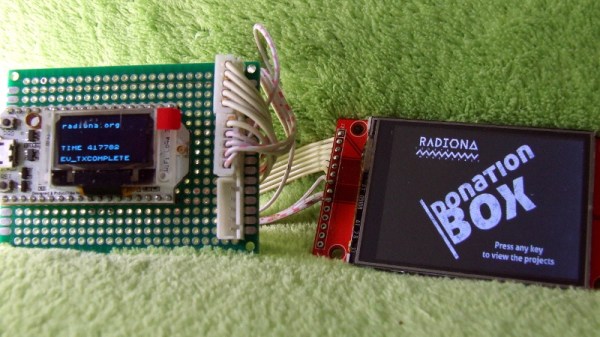

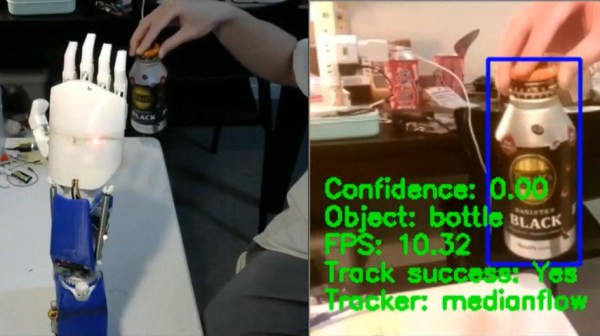
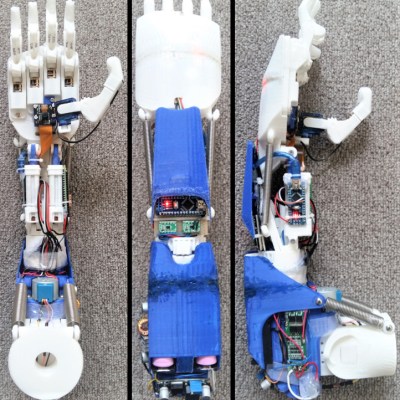




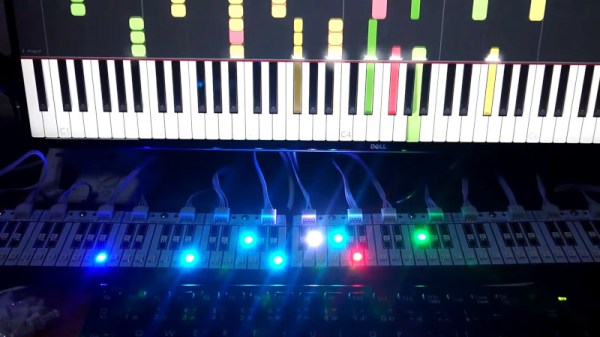
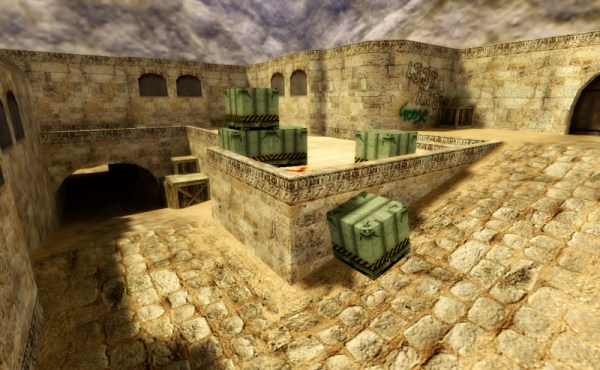
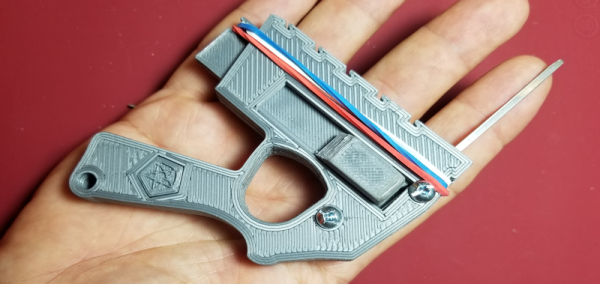
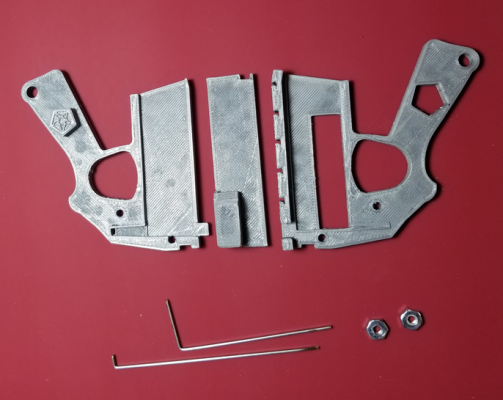 Now, for us at least, fantasy became a reality as [Peterthinks] makes public his
Now, for us at least, fantasy became a reality as [Peterthinks] makes public his 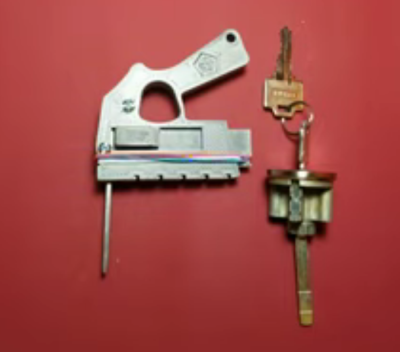 The device works by manually flicking the spring (rubber band) loaded side switch which then toggles the picking tang up and down whilst simultaneously using another tang to gently prime the opening rotator.
The device works by manually flicking the spring (rubber band) loaded side switch which then toggles the picking tang up and down whilst simultaneously using another tang to gently prime the opening rotator.









